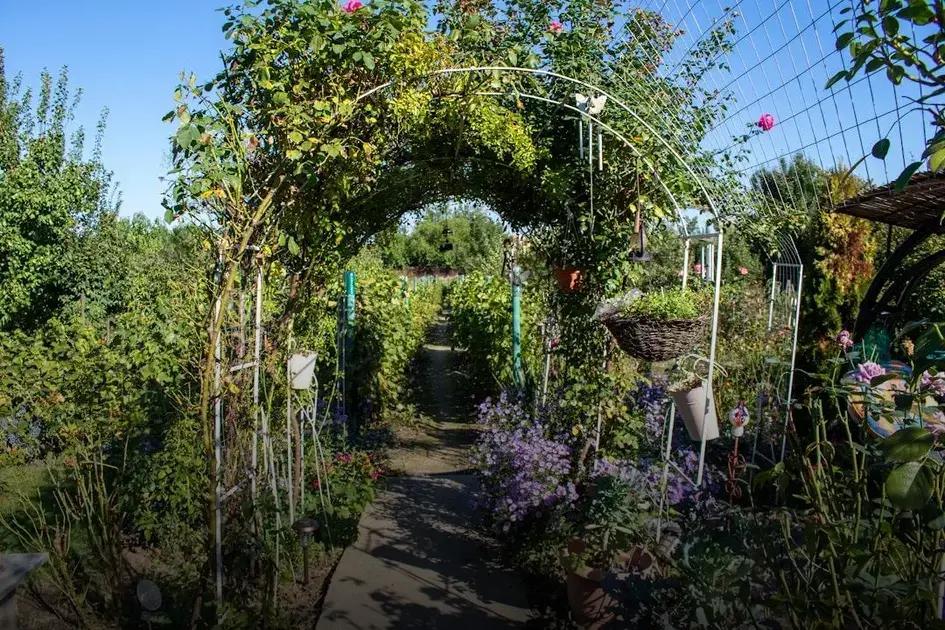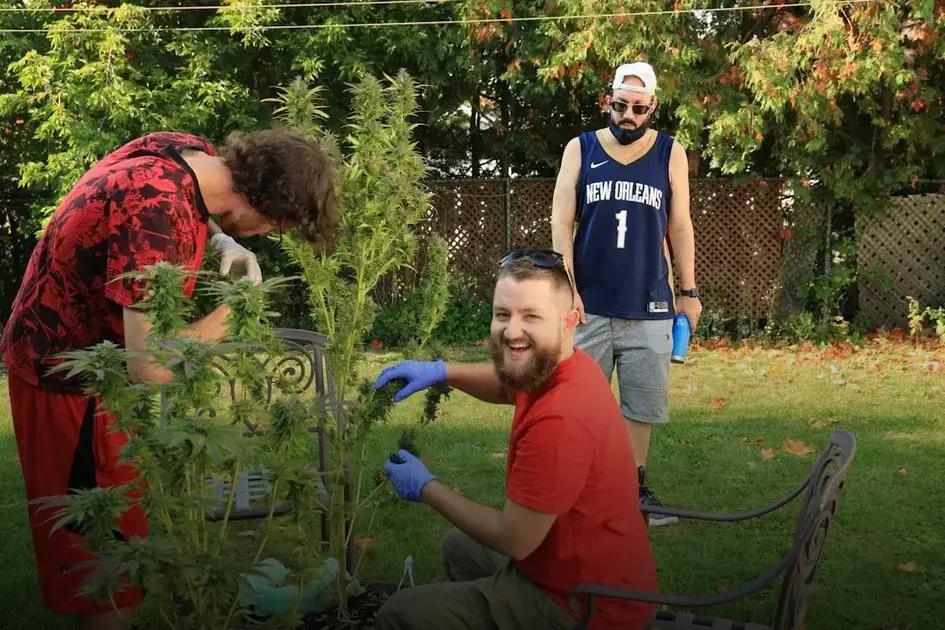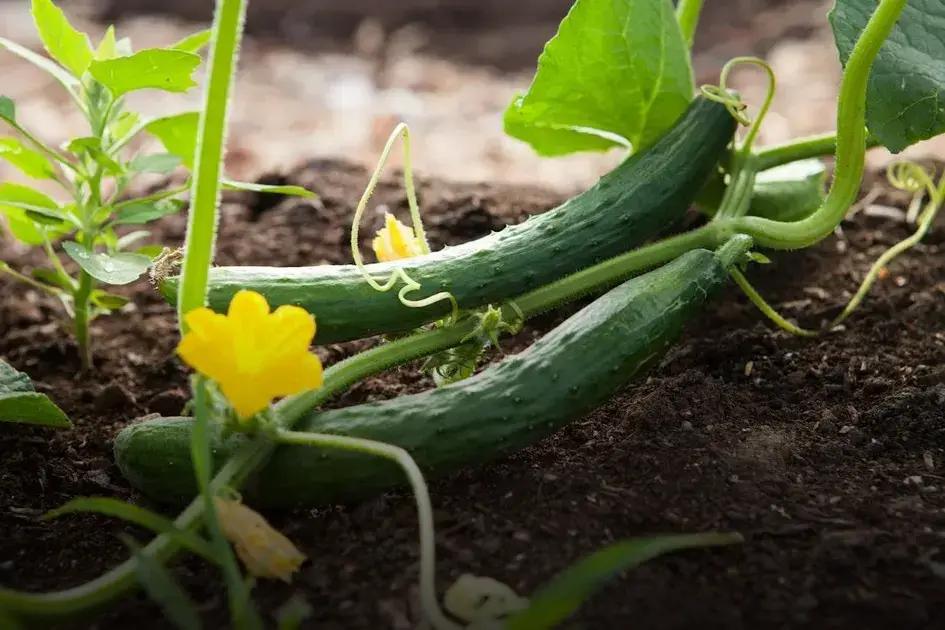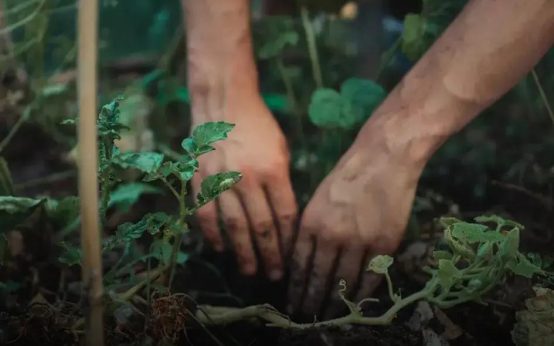Dealing with garden pests naturally is crucial to maintaining a healthy and thriving garden without relying on harmful chemicals. Many gardeners face challenges with unwanted insects and critters that can damage plants and flowers. However, natural solutions can offer an effective way to manage these pests while keeping your garden ecosystem balanced.
Understanding Common Garden Pests
Garden pests can be troublesome for any gardener, and understanding the most common ones is crucial. Some notorious pests include aphids, known for sucking the sap from your plants, which can stunt their growth. Similarly, slugs and snails are infamous for munching on leaves, often leaving behind chewed-up foliage.
Another common garden pest is the whitefly. These tiny insects not only feed on plants but also spread diseases. Caterpillars are also a widespread issue; while they might transform into beautiful butterflies, they can cause substantial damage in their larval stages.
In gardens, natural predators like ladybugs and birds often play a vital role in controlling these pests naturally. By identifying these pests early and understanding their habits, you can implement effective strategies to manage them without resorting to harsh chemicals. Observing your garden regularly is key, as early detection can significantly minimize damage and aid in maintaining a healthy garden.
Natural Solutions for Pest Control

While dealing with annoying garden pests, turning to natural solutions can be both effective and environmentally friendly. These methods focus on using resources that do not harm the planet or introduce toxic chemicals into your garden.
One approach involves introducing natural predators to the garden. Ladybugs and lacewings are excellent at controlling populations of aphids and other soft-bodied insects. By cultivating a garden that attracts these beneficial insects, you can naturally reduce pest numbers.
Another method is using barriers and traps. Physical barriers like row covers and plant collars can prevent pests from reaching your plants. Sticky traps can catch flying insects, while beer traps can lure and drown slugs.
Furthermore, employing essential oils can keep pests at bay. Oils such as peppermint and rosemary have insect-repelling properties and can be mixed with water to create a natural spray. Applying these solutions to plants can protect them while ensuring they are safe for consumption and for the garden ecosystem.
By integrating these natural methods into your gardening routine, you not only safeguard your plants but also contribute to a healthier garden and environment.
The Role of Companion Planting
Companion planting is a natural and effective strategy for managing garden pests in a sustainable manner. This approach involves cultivating certain plants together to create a healthy garden ecosystem, where plants assist each other in growth and pest resistance. By integrating plants that naturally repel pests, gardeners can reduce the need for chemical pesticides.
One powerful example is planting marigolds alongside vegetables. Marigolds emit a scent that repels nematodes and other harmful insects. Similarly,
basil
can be planted next to tomatoes to ward off flies and mosquitoes, enhancing the growth and flavor of tomatoes. Another beneficial pairing is radishes and cucumbers; radishes attract pests away from cucumber plants, acting as a trap crop.
Essentially, companion planting involves understanding the relationships between different plant species. Some plants, like
mint
, can deter ants and aphids, while lavender is known to repel moths and fleas. Experimenting with different combinations can uncover effective strategies tailored to specific gardens.
Moreover, integrating herbs such as thyme and
rosemary
within garden beds can offer natural repellents to a myriad of pests while simultaneously providing fresh herbs for culinary use. These aromatic plants can improve the overall atmosphere of the garden, enhancing its resilience.
Companion planting not only reduces pest issues but also boosts plant growth and garden productivity. By strategically selecting plant combinations that work in harmony, gardeners harness the power of nature to create a robust and balanced garden environment. This harmonious method offers a chemical-free avenue to garden success.
Using Homemade Sprays and Traps

Controlling garden pests can be achieved effectively by using homemade sprays and traps. These solutions are not only cost-effective but also environmentally friendly. A simple spray can be made using ingredients like garlic, onion, and pepper. Chop a small onion and a clove of garlic, then mix them with a teaspoon of cayenne pepper. Steep this mixture in hot water for about an hour. After straining, pour the liquid into a spray bottle. This natural concoction helps repel many common pests without damaging your plants.
Neem oil is another effective ingredient for making homemade sprays. Mix a teaspoon of neem oil with a liter of water and a few drops of dish soap. This mixture can be sprayed on plant leaves to deter insects like aphids and whiteflies.
Traps are also beneficial for dealing with specific pests. Creating a sticky trap involves using yellow cards coated with a sticky substance like petroleum jelly. These traps attract and capture flying insects such as gnats and beetles. For slugs and snails, bury shallow dishes of beer. The pests will be drawn to the smell and drown in the liquid.
By using homemade sprays and traps, gardeners can maintain a healthy garden with minimal harm to the ecosystem. Experiment with different combinations to see what works best for your particular pests, adapting the solutions as needed.
Maintaining a Balanced Garden Ecosystem
Building and maintaining a balanced garden ecosystem is key to controlling pests naturally. By encouraging harmony among plants, insects, and soil, gardeners can create a self-sustaining environment that reduces the need for chemical interventions. One important aspect is promoting biodiversity.
Plant Diversity
helps attract various beneficial insects that act as natural predators to pests. Include a mix of flowering plants to provide nectar and pollen for bees and hoverflies, vital allies in pest management. Incorporate native plants whenever possible, as they are well adapted to the local climate and pest population, needing fewer resources to thrive.
Soil Health is another crucial component. Rich, organic soil supports strong plant growth, making them less susceptible to pest attacks. Use compost and organic matter to enrich the soil. Avoid over-fertilization, which can lead to imbalanced growth and increase pest vulnerability. Moreover, employing
crop rotation
helps prevent pest buildup in the soil by disrupting their lifecycle and depriving them of a consistent host.
Predatory insects like ladybugs and lacewings are valuable in a balanced ecosystem. These insects prey on common pests, such as aphids and caterpillars, and can be attracted by planting dill, fennel, and sweet alyssum. Additionally, providing water sources, like shallow dishes, can aid in maintaining healthy populations of these beneficial insects.
Set up shelter for sheltering animals, such as frogs and birds, which are natural pest controllers. Simple structures such as small piles of stones or shrubs provide refuge. Finally, practice mulching to regulate soil temperature and moisture, further strengthening plant resilience while discouraging pest infestation.


 Creating a Relaxing Garden Retreat: Tranquility Awaits
Creating a Relaxing Garden Retreat: Tranquility Awaits  Garden Design Ideas to Transform Your Backyard Today
Garden Design Ideas to Transform Your Backyard Today  Seasonal Gardening: Prepare for Winter Like a Pro!
Seasonal Gardening: Prepare for Winter Like a Pro!